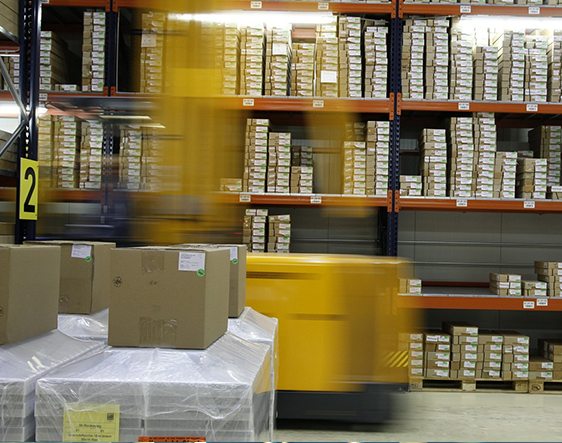Labour turnover in manufacturing rises to 13.2 percent, up from 12.3 percent in 2016. Motor vehicles and other transport and equipment sector had the lowest turnover at 11.4 percent. The East of England experienced the highest churn in their workforce at 17.1 percent. Contributor Ms Lee Hopley, Chief Economist – EEF.
Labour turnover in manufacturing has gone up in 2017 as more workers ignored economic and political uncertainty, and instead took advantage of buoyant activity in the sector, to move onto pastures new according to the results of the latest annual Labour Turnover survey from EEF, the manufacturers’ organisation.
The data shows that labour turnover – people leaving companies through resignation, redundancy, retirement or dismissal – rose in 2017 to 13.2 percent, up from 12.3 percent in 2016. However, the rate still sits below the 2015 figure when turnover was at 15 percent. The smallest rate of churn was seen in the motor vehicles and other transport and equipment sector at just 11.4 percent, whereas the rubber, plastics and chemicals sector saw the highest at 15 percent. With 17.1 percent of employees moving on, the East of England had the highest turnover rate in the country.
Companies with 101-250 employees had the largest proportion of employees on the move at 15.6 percent, which is markedly higher than the smallest employers (1-50) where turnover was just 9.3 percent.
Ms Lee Hopley, Chief Economist at EEF, says: “The pickup in the rate of churn could be a sign that activity is on the rise across the sector, with employees on the hunt for new opportunities and employers able to lure people into new vacancies with attractive packages.
“There are, however, a few things that could be having an impact on rates of labour turnover, such as the potential loss of EU workers following the decrease in net migration from the EU. We will also be watching with interest this year to see if there are calls for bigger pay packets as demand for skills outstrips supply and what the impact of increased labour churn might have on productivity through disruption to business processes.”









